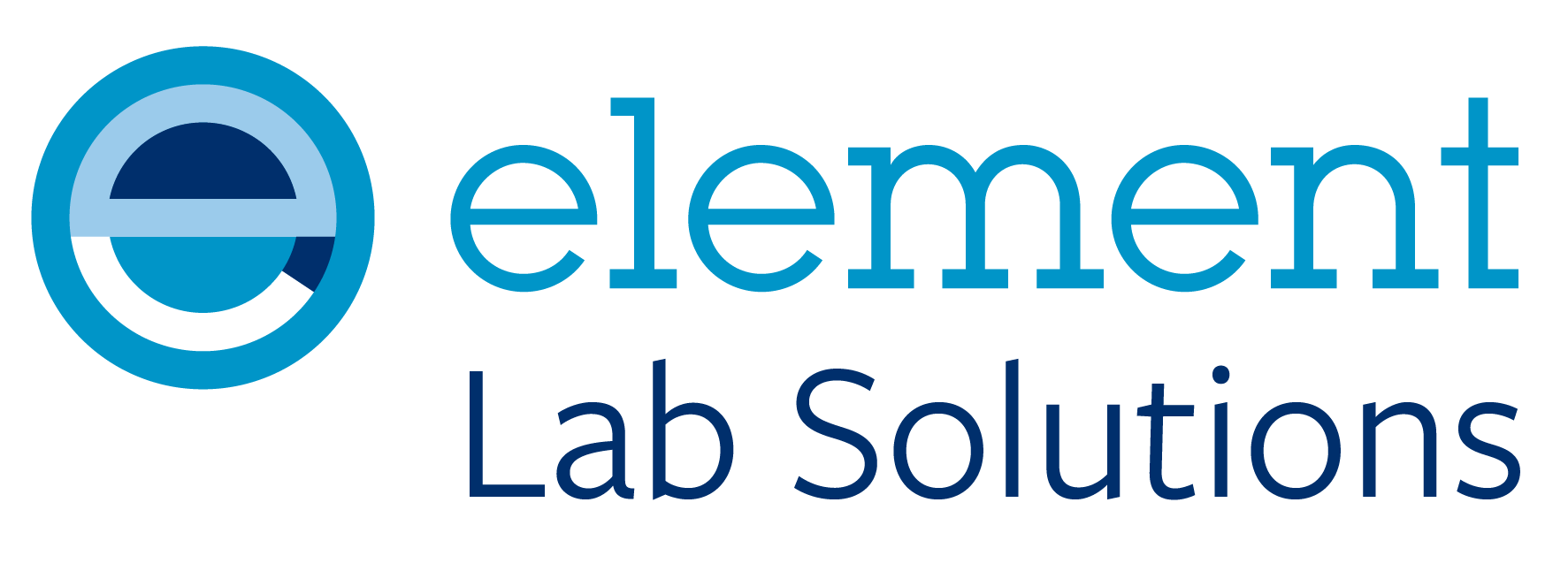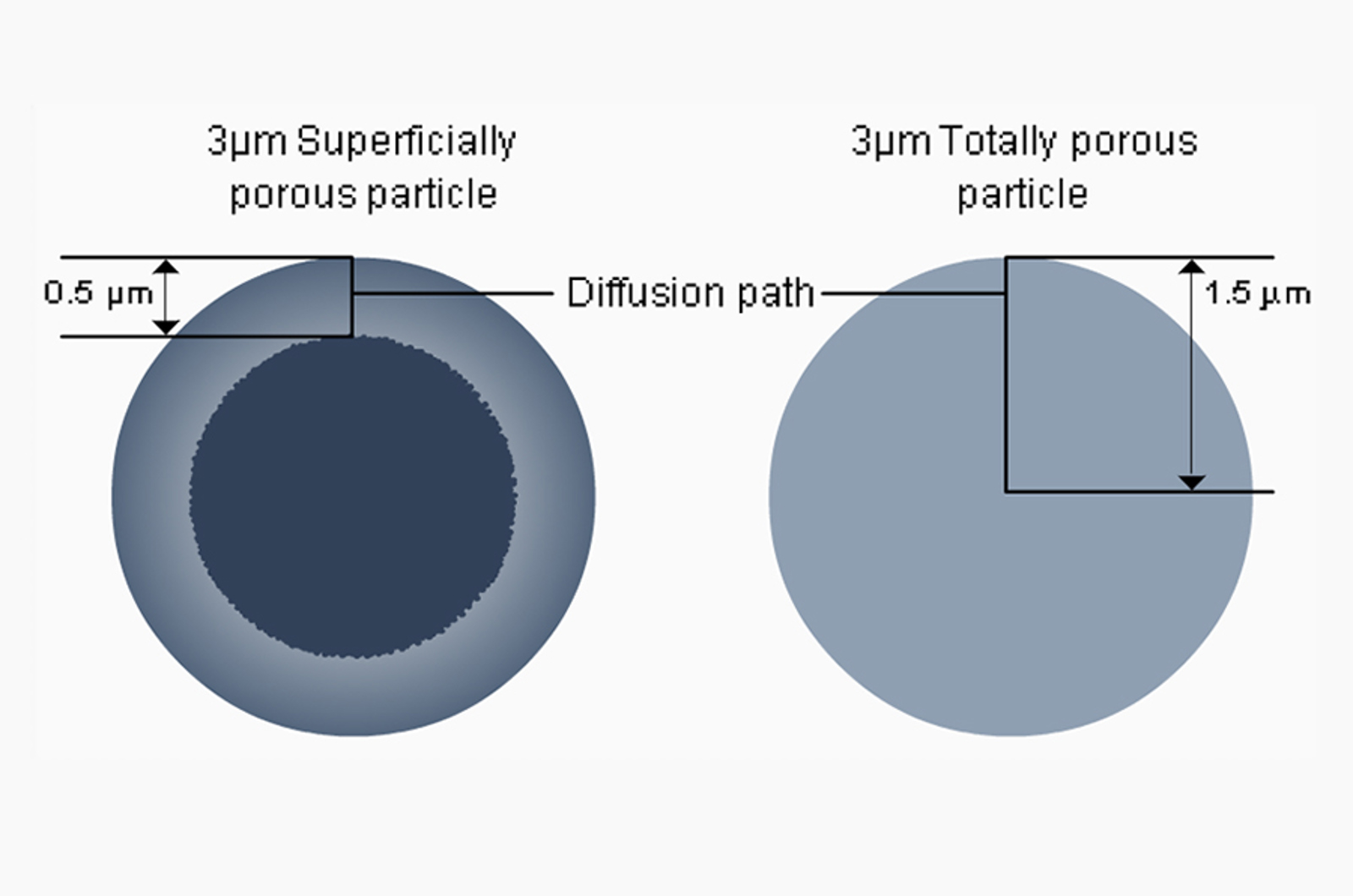Supercritical fluid chromatography (SFC) has become an established technique in separation science, valued for its ability to deliver rapid, efficient, and environmentally sustainable analyses. By combining the strengths of liquid and gas chromatography, SFC offers fast mass transfer, high resolution, and reduced solvent consumption, making it a compelling alternative to conventional approaches. While historically associated with chiral separations, its advantages are now equally recognised in achiral applications, where the demand for speed, scalability, and reproducibility continues to grow.
Central to the success of SFC is the choice of stationary phase. Advances in column technology have expanded the range of phases available, enabling laboratories to address diverse analytical and preparative challenges with reliability and precision. Achiral stationary phases now play a critical role across discovery, development, and manufacturing, supporting workflows from method screening to preparative scale-up. This article outlines the leading achiral SFC column ranges from Regis Technologies, YMC, Daicel Chiral Technologies, and Agilent, highlighting their different chemistries and performance characteristics.
Stationary Phase Selection in Achiral SFC
The retention mechanism in supercritical fluid chromatography is similar to normal phase liquid chromatography, with compounds typically eluting in order of increasing polarity. Hydrophilic stationary phases such as silica, diol, cyano, amino, and zwitterionic chemistries are widely employed, while reversed phase materials including C18, C8, and C4 can be used for highly hydrophobic analytes, often in combination with apolar modifiers. Because no single stationary phase is universally applicable, column screening remains a critical part of method development, usually involving the evaluation of multiple bonded stationary and mobile phase combinations to establish optimal conditions, as illustrated in Figure 1.


Figure 1: Mobile and stationary phase suggestions for column screening.
In addition to standard normal and reversed phase options, specialised chemistries such as 2-ethylpyridine, 4-ethylpyridine, and polyethyleneimine (PEI) have been designed specifically for SFC applications and are frequently selected as first-line screening columns due to their broad applicability.
CELERIS: Silica-Based Phases for Versatile Achiral SFC
The Celeris range from Regis Technologies has been specifically developed for supercritical fluid chromatography, featuring fully porous silica and a choice of seven distinct chemistries to provide extensive selectivity options under supercritical conditions. These columns combine high capacity with reproducible peak shapes and long-term stability, making them well suited to both analytical and preparative workflows. Their versatility and robustness offer laboratories a dependable platform for consistent, high-performance achiral SFC separations.


Table 1: Celeris range of achiral SFC columns from Regis Technologies.
YMC-Triart: Hybrid Silica Phases for Robust and Scalable SFC
The YMC-Triart range is built on organic–inorganic hybrid silica particles to deliver outstanding mechanical and chemical stability. Offering wide pH tolerance and extended lifetimes, these columns reduce replacement frequency while providing reliable performance across diverse SFC applications. Available chemistries including silica, diol, C18, and pentafluorophenyl (PFP) provide broad selectivity options.
Certified as fully SFC-compatible by independent evaluation, Triart columns are available in both analytical and preparative dimensions. With reproducibility, robustness, and scalability supported by Actus hardware, they enable fast, high efficiency separations, making them an excellent choice for both analytical and preparative workflows.


Table 2: YMC-Triart achiral stationary phases recommended for SFC.
DCpak: Polymeric Phases for Durable Achiral SFC Separations
Daicel Chiral Technologies, renowned for its expertise in chiral separations, also addresses achiral workflows through the DCpak range, which features robust polymeric stationary phases developed to withstand the demanding conditions of SFC methods. Comprising four unique achiral selectors, DCpak columns offer broad applicability, and their combination of durability, reproducibility, and enhanced selectivity provides an option for laboratories seeking consistent high-performance achiral SFC separations.


Table 3: DCpak achiral columns for SFC from Daicel Chiral Technologies.
Poroshell: Superficially Porous Particles for High- Resolution SFC
Agilent InfinityLab Poroshell 120 columns feature superficially porous particles with a solid silica core and porous outer shell, providing high-resolution separations with reduced back pressure for faster analyses and increased throughput. This design is particularly advantageous in SFC, supporting high-modifier gradients and rapid separations even on legacy instruments limited to 400 bar.
The Poroshell 120 range recommended for SFC includes four stationary phases optimised for distinct selectivity needs, with the HILIC column based on ultra-pure silica often selected as a first choice for method development. Additional HILIC and cyano phases extend the range’s versatility, enabling high efficiency, fast separations across both routine and advanced SFC workflows.


Table 4: Poroshell 120 columns suitable for SFC analysis.
Supercritical Fluid Chromatography: Efficient and Sustainable Achiral Separations
Supercritical fluid chromatography has established itself as a versatile, efficient, and environmentally sustainable technique for both analytical and preparative separations. The choice of stationary phase is critical to fully exploiting its potential, and the leading achiral column ranges – Celeris, YMC-Triart, Poroshell, and DCpak – offer complementary solutions tailored to diverse applications. From robust silica- and hybrid-silica phases to polymeric and superficially porous designs, these columns provide reproducible performance, broad selectivity, and scalability across demanding workflows. By selecting the appropriate stationary phase, laboratories can achieve rapid, high-resolution separations with reduced solvent consumption, ensuring reliable, high-throughput, and environmentally responsible achiral SFC methods.





